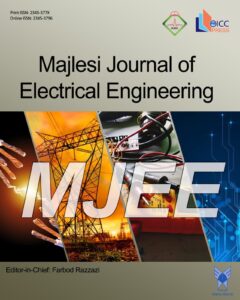Management of Energy Consumption in Wireless Sensor Networks
Authors
Abstract
Wireless sensor networks (WSNs) contains an enormous number of sensor nodes deployed in huge numbers which are able to sense, process and transmit environmental data to the base station for plenty of applications. Clustering is one of the important issues for prolonging the network lifetime in wireless sensor networks. It includes grouping of sensor nodes into clusters and selecting cluster heads for all the clusters. Cluster heads collect the data from respective cluster’s nodes and forward the aggregated data to base station. Some important challenges in wireless sensor networks are to find optimal number of clusters, clustering and to select appropriate cluster heads. In this direction, we present a method that includes three phases. At first, the optimum number of clusters is calculated. In the second, clustering is done by use of k-means algorithm. In the last phase, it is presented a multi criteria decision-making approach for the selection of cluster heads. This approach is used to select cluster heads based on criteria including residual energy, the distance (the distance from the cluster and the distance from the base station), the number of neighbors (the one-step neighbor and the two-step neighbor), the centrality of the nodes and the number of times a node has been cluster head. We implement the proposed method in the NS2 environment and evaluate its effect and compare it with the NEECP and E-LEACH methods. The simulation results demonstrate that this approach is more effective in prolonging the network lifetime than the NEECP and E-LEACH methods in homogeneous environments.


